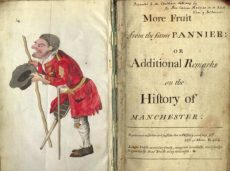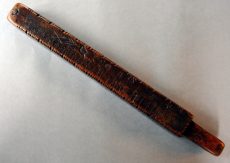- About
- Visiting
- What’s On
- Venue hire
- Catalogues
- Collections
- 101 Treasures of Chetham’s
- Digital Resources
- The Flowers of Histories
- A Book of Hours from France
- The Manchester Scrapbook
- Thomas Barritt of Manchester
- Art Treasures Examiner of 1857
- Manchester Association for Constitutional Order
- The North Western Museum of Science and Industry: Some Reminiscences by Richard Hills
- Criminal Manchester
- The Cup of Destiny
- Athenaeum Souvenir
- Middle English Manuscripts
- Manchester and Liverpool of Today
- Hollingworth’s Mancuniensis
- Memoir of Cecil Wray
- William Seward’s Diary
- The Anti-Monopolist
- Fishwick’s History of Rochdale
- Knyvett’s Defence of this Realm
- Tractatus de Nigromantia
- Axon Ballads
- Printed Books & Ephemera
- Archives & Manuscripts
- Prints and Photographs
- Blog
- Support us
Hooke’s Micrographia
or Some Physiological Descriptions of Minute Bodies Made By Magnifying Glasses
Printed in London by John Martyn and James Allestry, Printers to the Royal Society, 1665

Robert Hooke was one of the most versatile and brilliant scientists of all time. Micrographia is his most famous work and contains fifty-seven microscopic and three telescopic observations beginning with an examination of inorganic matter and proceeding to the investigation of vegetable and animal bodies. Hooke described for the first time a polyzoon, the minute workings of fish scales, the structure of a bee’s sting, the compound eye of the fly, the gnat and his larvae, the structure of feathers, the flea and the louse.
Micrographia was an immediate success; it was read by Pepys and studied by Newton. The plates were mostly from the designs of the author but some were probably by Sir Christopher Wren. The work was purchased from Robert Littlebury on 22 July 1665 for the sum of fourteen shillings.


